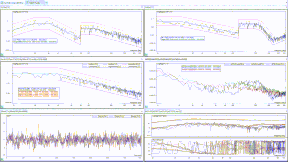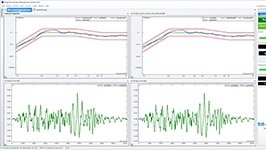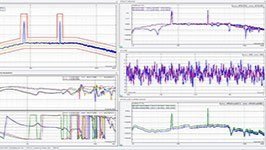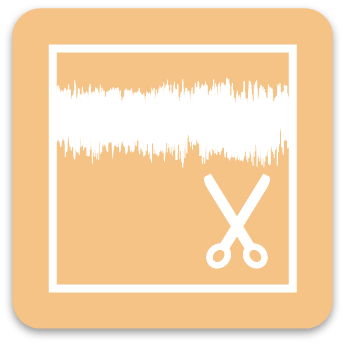Multiple Axis Vibration Testing
Modular Vibration Testing - Scales up to 512 Channels
Multiple-Input Multiple-Output (MIMO)
There are many different types of multiple shaker table arrangements based on MIMO testing applications. Multi-Exciter Single-Axis (MESA), is an application in which multiple exciters provide dynamic input to a test item along a single axis. Three axis shaker tables are available for Multiple-Exciter Multiple-Axis (MEMA) test arrangements.
MIMO random control is one of the more commonly used multiple shaker control methods, which provides precise control in real time. The device under test is subjected to true random noise with a precisely shaped spectrum with Gaussian amplitude statistics. The recording option records time-stream data at the full sample rate on all input channels.
MIMO Sine control is another commonly used multiple shaker control method, it provides precise control in real time. This method controls multiple sine waves with a control dynamic range up to 100 dB. With MIMO Sine control, linear spectrum profiles of Mag, or Mag/Phase are defined and assigned to multiple control channels.
The newly added MIMO Shock control is a type of multiple-shaker control testing, which provides precise, real-time, multi-channel control and analysis of classical shock waveforms in the time domain. The MIMO Shock control process is essentially a time-domain waveform replication process that uses an FFT based algorithm for correcting the test system dynamics.
MIMO TTH tests output pre-defined, short duration waveforms. The closed-loop control algorithm ensures that the control signal inputs match the specified waveform shapes.
The MIMO Shock Response Spectrum (SRS) control package provides controls of multiple shakers to meet multiple target Required Response Spectrum (RRS). Time waveforms are automatically synthesized from a user-specified SRS reference profile using different types of wavelets. Sine beats and damped sine are commonly used types of wavelets.
MIMO Time Waveform Replication (TWR) is a popular method to use when reproducing field recorded data on a multiple shaker table in the lab. With MIMO TWR control, a time waveform profile containing multiple channels of data can be imported, pre-processed (such as bandpass filtered, etc.), and selected as a control profile.
Multiple-Exciter Single-Axis (MESA)
The MESA Random Control system provides precise, real-time, multiple excitation single channel control and analysis. After the control channels are assigned, the remaining input channels can be set up as monitoring and time data recording channels. The recording option records time stream data at the full sample rate on all input channels.
The MESA Sine Control system provides precise, real-time, multiple excitation single channel control and analysis. After the control channels are assigned, the remaining input channels can be set up as monitoring and time data recording channels. The recording option records time stream data at the full sample rate on all input channels.
Multiple Exciter Single Axis (MESA) control is commonly used to work with a large or long Unit Under Test (UUT). MESA SoR requires one control profile and utilizes the weighted average control. Different control modes provide identical drives, drives with different phases, and drives with different mag/phase.










































































